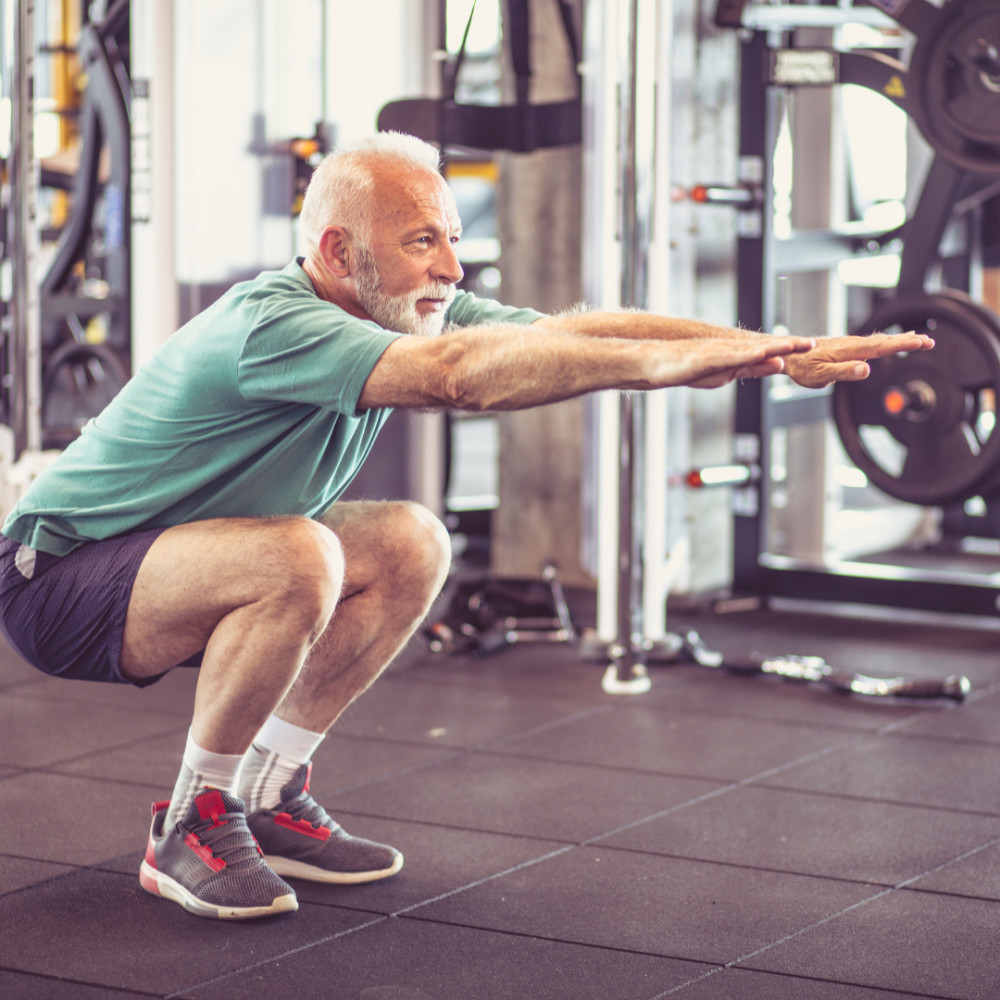Introduction
Research over the years demonstrates that resistance training is a powerful intervention to counter muscle disuse, combat muscle strength and mass loss, and reduce frailty and its consequences on physical functioning, independence, quality of life, mobility, well-being, and the management of chronic disease (Fragala et. al., 2019).
Unfortunately, as we age, a variety of biological changes take place. From the age of approximately 30 years old, we start to lose skeletal muscle mass, strength, and functioning, leading to a decrease in physiological resilience. Muscle loss usually accelerates after 60 years of age, however, individuals who have been physically inactive are found to double their risk of future mobility limitation compared to those who have always exercised.
For many older adults, resistance training is a great incentive in combating the fears and barriers associated with ageing. The fact is that muscle disuse is preventable and reversible, and resistance training can reduce the signs and symptoms of many diseases and chronic conditions. Not only does resistance training promote health, strength, flexibility, and physical function, it can ease the pain and suffering of those dealing with chronic conditions like arthritis, osteoporosis, and diabetes.
Given the undesirable physical consequences of aging, strategies for both prevention and treatment are invaluable for older adults. Resistance exercise training can increase muscle fibres and improve muscle quality, bone density, metabolic health and insulin sensitivity. As PT’s if we can help our clients manage their chronic health conditions with appropriate exercise, we can improve their quality of life, extend independent living and reduce the risk of falls and fractures.


